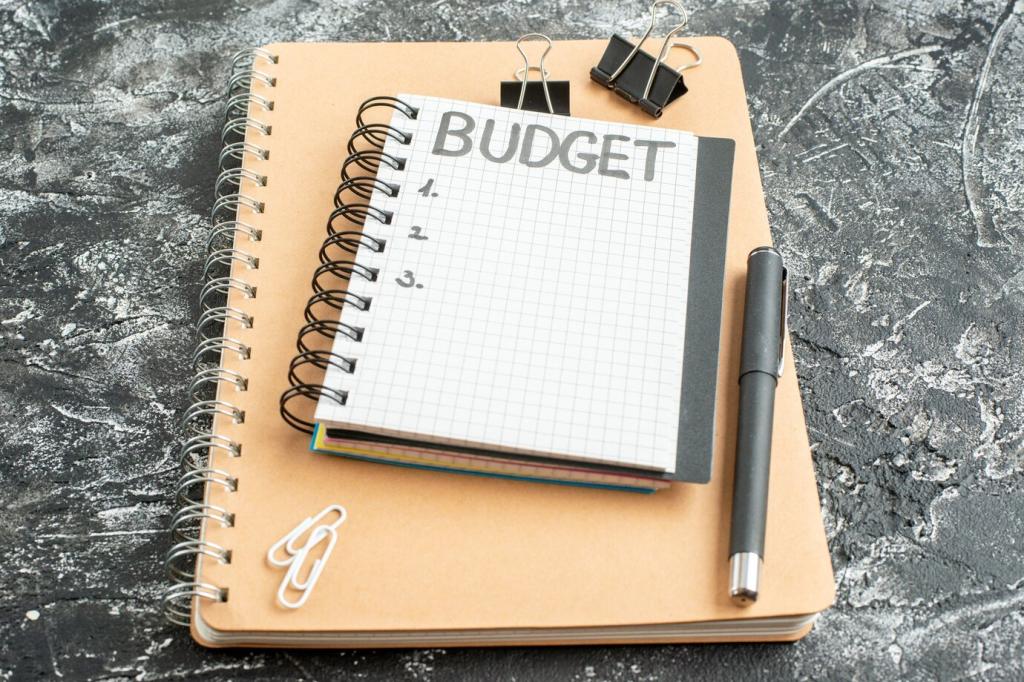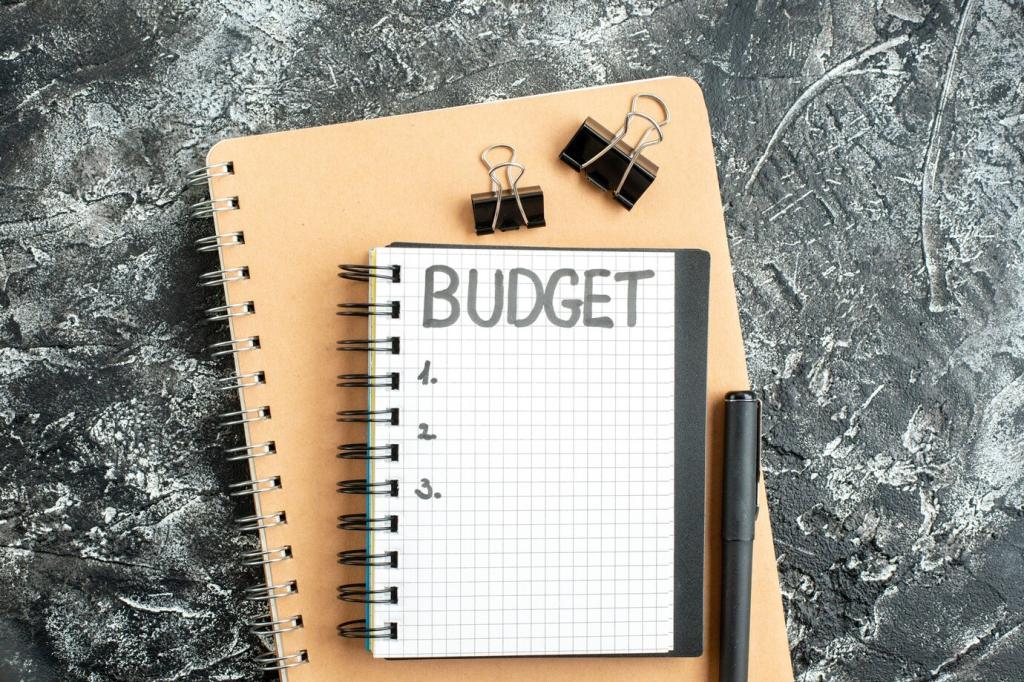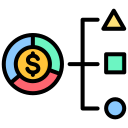Flexible Budgeting Strategies: Build a Plan That Bends, Never Breaks
Selected theme: Flexible Budgeting Strategies. Welcome to a practical, human-first approach to money management that adapts gracefully to life’s surprises, empowers smarter choices, and turns financial stress into confident, repeatable routines.

The Purpose of a Flexible Budget
A flexible budget does not chase exactness; it safeguards priorities while giving wiggle room for real-world volatility. When income dips or spending spikes, your plan pivots without panic, preserving progress and confidence.

A Story About a Broken Laptop
When Erin’s laptop died mid-semester, her rigid budget collapsed. A flexible buffer and adjustable categories redirected funds calmly, avoided debt, and kept her studies on track. She later called it her most empowering budgeting moment.

Trade Guilt for Guidance
Instead of feeling bad for overspending, flexible budgeting asks why it happened and what to adjust next month. That mindset fuels sustainable change, keeps you engaged, and transforms budgeting into an ongoing coaching conversation.
Designing Dynamic Categories and Ranges
Assign each category a target and a range, like groceries at 350 to 420. The range anticipates seasonal prices, guests, and cravings, while maintaining a reasonable boundary you can defend and review.
Designing Dynamic Categories and Ranges
Label categories as essential, important, and optional. Essentials rarely flex downward; optionals flex first. When something unexpected hits, you already know where to trim without renegotiating your values under stress.


Mid-Month Adjustments Without the Spiral
Every Friday, glance at your top five categories, shift small amounts, and log one note about what changed. Ten minutes keeps friction low and prevents small deviations from turning into end-of-month chaos.
Behavioral Design for Money Habits That Stick
Pair a micro-budget habit with an existing routine, like reviewing transactions after brushing teeth. Small, predictable cues transform budgeting from an obligation into a natural extension of your day.


Behavioral Design for Money Habits That Stick
Add friction to impulse spending with a twenty-four hour rule, and reduce friction for saving with automation. Thoughtful friction shapes choices without requiring endless willpower.
Buffers, Scenarios, and Resilience Planning
One-Month Buffer as Your Shock Absorber
Aim to keep a one-month expense buffer that absorbs timing hiccups and unexpected costs. It transforms emergencies into routine reallocations, keeping your strategy intact and your stress dialed down.
Scenario Drills You Can Run in Ten Minutes
Practice three quick what-ifs: income down fifteen percent, car repair, and medical copay. Write the exact categories you would trim, then save the plan. Drills reduce panic and speed up real decisions.
Keep the Conversation Going
Which scenario tripped you up last year, and how would a flexible range have helped? Share your story, and subscribe to receive our printable scenario worksheet for your next monthly planning session.
